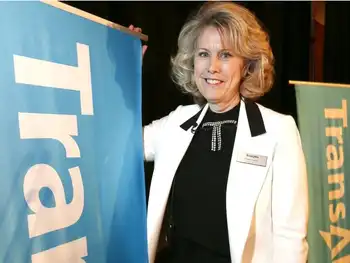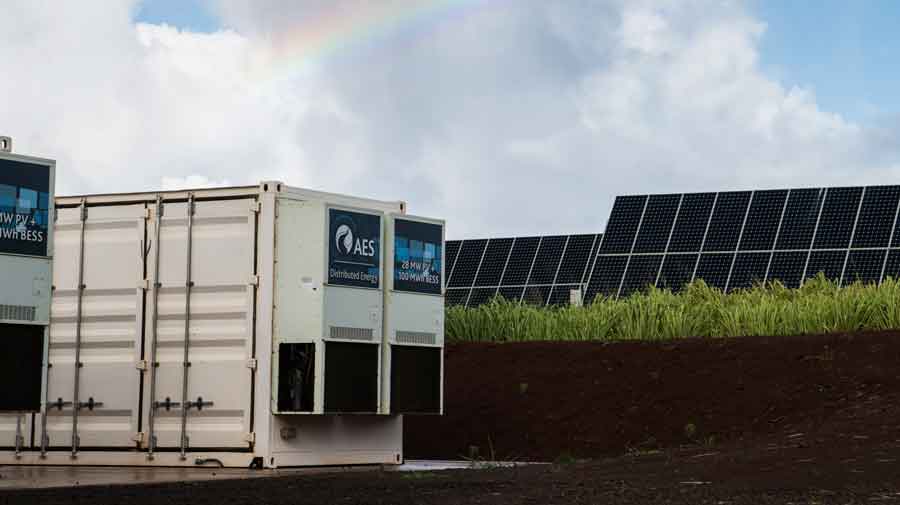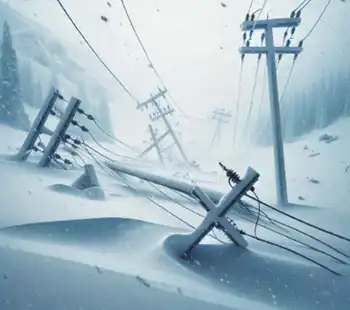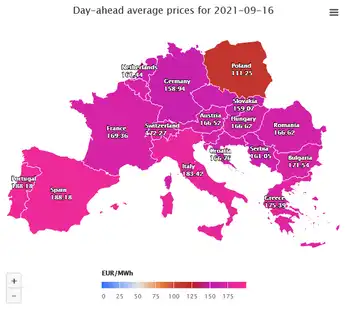Ontario Power Authority's Conservation Fund supports innovative pilot projects
By Electricity Forum
CSA Z462 Arc Flash Training - Electrical Safety Essentials
Our customized live online or in‑person group training can be delivered to your staff at your location.

- Live Online
- 6 hours Instructor-led
- Group Training Available
The seven projects, chosen from 11applications, will receive almost $1.5 million from the Fund.
"It's an exciting challenge for us to determine which of the many excellent applications show the most potential for success and, ultimately, province-wide implementation," says Bryan Young, Conservation Fund Manager. "The successful proponents are action-oriented, sector-specific projects that will help us design new and better conservation programs for Ontario's electricity consumers."
The Ontario Power Authority launched the Conservation Fund in 2005 to provide assistance to sector-specific conservation education and electricity reduction pilot projects that foster the development of a culture of conservation in Ontario. The projects that receive funding come from across the many sectors of Ontario's economy. To date, the Fund has provided support totaling almost $4 million to 44 projects.
Young points out that because of Fund support, the projects also receive funding from other sources. "Every dollar of this funding has leveraged more than two dollars in partner support," he adds.
The application deadline for the next round of awards is September 6, 2007. Complete details of the application criteria, the application process and other successful applicants can be found at www.powerauthority.on.ca/cfund.
Here are the seven successful projects for the first round of funding:
Energy Efficiency Education Program for Trade Contractors: This project will provide training and information to trade contractors to enable them to recognize and promote energy efficient opportunities to their small and medium sized customers, define retrofit projects, develop cost/benefit analyses, access existing incentives through a website, and offer the total package to their customers.
ENERGY STAR for New Homes: This project aims to improve the energy efficiency of thousands of new houses being built in Ontario every year. On top of the 30% energy savings over code-built houses, each ENERGY STAR qualified new home delivers upwards of 1 kW of electricity demand reduction on an annual basis. The project will deliver marketing materials and training to support builders in the Greater Toronto Area as they convert to ENERGY STAR. It will also track consumer attitudes, measure the aggregate energy/electricity savings ESNH delivers, and develop ways to further increase electrical savings through a lighting study. http://www.esnewhomes.ca
Greening Sacred Spaces Phase II: This project will build on the success of Phase I by piloting the development of a "package deal" of energy conservation services for greening faith communities, focusing on energy audits and retrofits. It will explore the scalability of operations by liaising with 100 faith communities in Ottawa, Toronto and Waterloo, 50 of whom will engage in audits and retrofits. At the end of the project they will be able to promote a service that can quickly grow to meet the electricity reduction needs of the 7,000 places of worship in Ontario. http://faith-commongood.net
Market-Driven Incentives for the Residential Sector: Green$aver will deliver energy efficiency education to realtors, home inspectors, mortgage providers, insurers and banks, to help each use energy (and environmental) performance as a means develop products, services and incentives to encourage customers to invest in energy improvements. All components will be underpinned by a Home Energy Performance (HEP) Certificate and accompanying report with standardized energy performance and recommended upgrades that addresses both space heating and electricity use. This project targets the Greater Toronto Area residential sector. http://www.greensaver.org
Direct Install Small Business Pilot: This pilot will test program design and market response to a range of programs involving a number of partners. The pilot will target four small business areas in York (Vaughan, Richmond Hill, Aurora, Markham) and will deliver a maximum of 180 energy audits and retrofits. The audits will determine which energy efficiency measures give the best return on investment. The pilot relies on strong partnerships with Powerstream, Enbridge, Markham Energy Conservation Office and Energy Shop. Each partner will be providing co-funding, in-kind contributions, and/or operational and project support. http://www.greensaver.org
OFIA 2007 Energy Management Program: Building on the success of the 2006 program, and the positive response to the interim program, the Ontario Forest Industry Association will focus on driving real energy savings at the mills, to further encourage continued participation, and to expand the number of participants. Critical to the success of this program is encouraging the site teams to institute the cultural changes required to sustain energy savings over the long term. OFIA will achieve this through a combination of site energy audits (that will include an evaluation of the mill's energy management practices), a roving energy manager, a help desk facility, regular webinars, and the appointment of a part-time OFIA Energy Conservation Officer. http://www.ofia.com
Energy Management and Engagement Program for University Health Network Hospitals: The University Health Network proposes to design and implement an energy management and engagement program for hospital employees and residents. This program will be piloted at Toronto Western Hospital with a view to rolling out the program to the UHN member hospitals. The energy management and engagement program is a tool for engaging all members of the hospital community to work together to make behavioural, process and equipment changes that will increase awareness and reduce consumption of electricity. The program will consist of four major components at UHN hospitals: employee engagement, social marketing, operator and senior management training, and retro-commissioning of equipment. http://www.uhn.ca











